15 Companion Plants for Raspberries (with Pictures)
-
Kristin Hitchcock
- Last updated:

If you want to make the most of your garden, we highly recommend companion planting. This planting method allows you to take advantage of different plants’ traits to help other plants grow better. If used correctly, you can use them to prevent diseases and help the soil remain healthy.
However, you can’t just throw two plants together and expect things to work out well. Instead, you must do lots of research to match two plants together. For instance, raspberries should only be planted with other plants that work well with them.
Otherwise, you may end up with incompatible plants, leading to disease and even plants dying.
Here are some plants that work well as companion plants with raspberries.
The 15 Greatest Companion Plants for Raspberries
1. Crimson Clover

| USDA Zone: | 1–6 |
Crimson clover is a popular “nitrogen-fixing” plant and is also very beautiful. It provides exciting ground cover that also enriches your soul. You can use them with a range of different plants, including raspberries. Of course, their effects are the largest in areas where the soil is poor.
These plants also attract pollinators, allowing them to fertilize your bushes.
2. Garlic
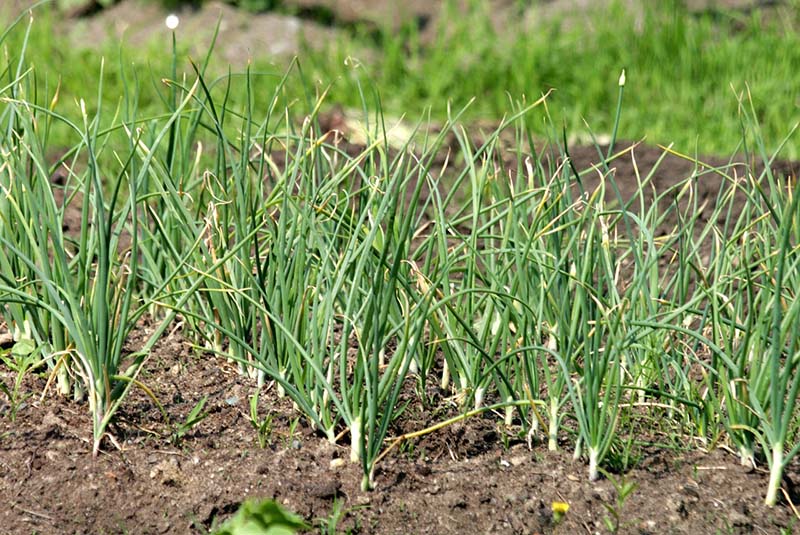
| USDA Zone: | 1–5 |
Garlic is a popular plant to utilize in the kitchen. However, it also works very well when planted near raspberries. Due to its strong smell, it keeps many species of bugs away. It can “cover up” the sweet smell of the berries, helping prevent pests from eating them. Garlic can be used throughout much of your garden in this manner.
3. Tansy
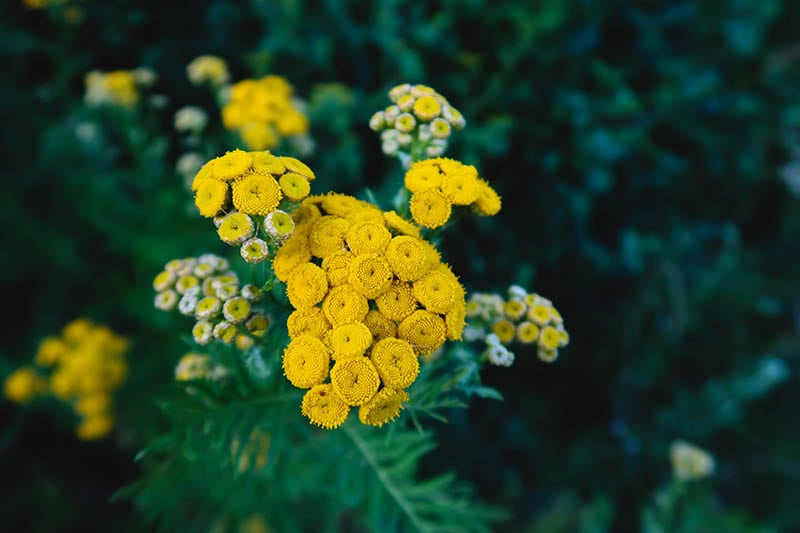
| USDA Zone: | 3–8 |
While not necessarily as popular as other options as it contains a poisonous chemical called thujone, this chemical is despised by pests as it is toxic. Therefore, it can also help protect your berries from pests. Furthermore, this plant also adds potassium to the soil. For this reason, we recommend checking your soil before planting it—you can have too much potassium, after all.
However, this plant is also toxic to humans and pets, so it isn’t a great option if you have children or pets.
4. Marigolds

| USDA Zone: | 2–11 |
Marigolds are beautiful flowers that can easily brighten up your garden. However, they are also quite useful. They act as a natural pest repellant due to their specific scent. They also work as raspberry fertilizers after they fall off and decay.
Marigolds are perennials in some areas and annuals in others. Either way, they do seed themselves, allowing them to come back each year.
5. Legumes
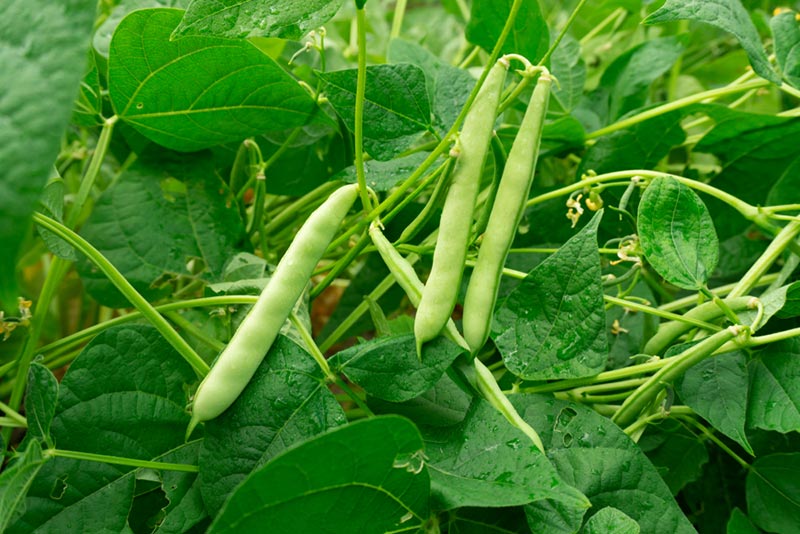
| USDA Zone: | Varies |
Any legume can also work well when planted near raspberries. Not only do these add more food products to your garden, but they can also improve the condition of the soil. Therefore, they help most plants grow better, including raspberries.
6. Alfalfa
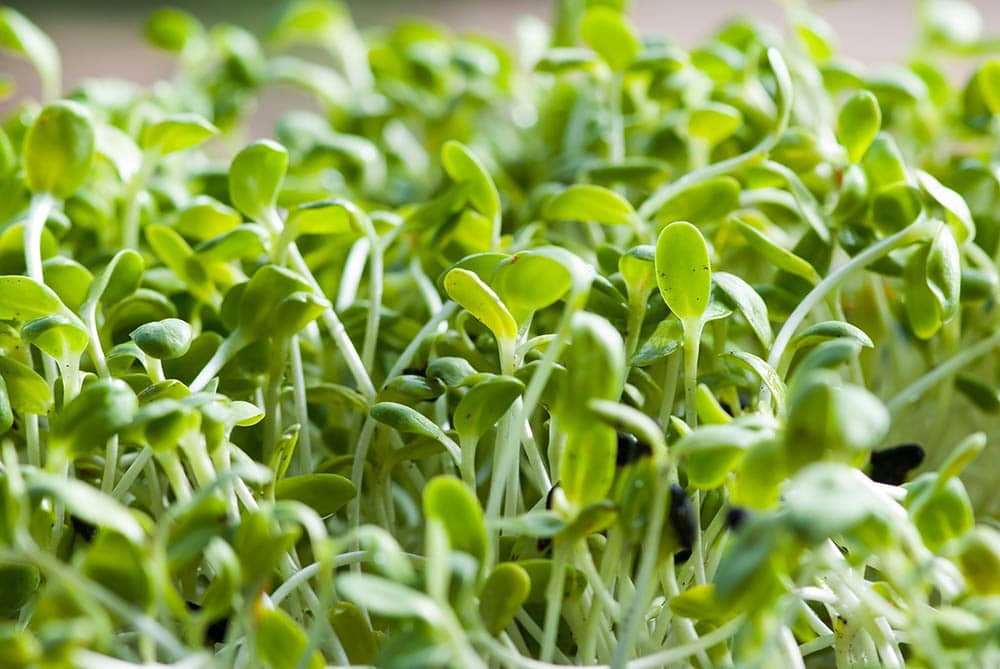
| USDA Zone: | 5–8 |
While not one of the most popular plants, alfalfa works great as a raspberry cover crop. This crop adds nutrients to the soil, helping nearby plants. It can also prevent weeds and erosion, keeping the good soil where it should be.
We recommend adding at least one cover crop like this one to your raspberries.
7. Canola

| USDA Zone: | Varies |
While we all know what canola is, you might not have guessed that it is a great cover crop. It works similarly to other cover crops, adding nutrients to the soil and preventing erosion. If you want your raspberries to grow well, consider adding a cover crop like this one.
8. Winter Rye

| USDA Zone: | 1–6 |
As a cover crop winter rye works great as another cover crop. It is a straightforward grain that helps add nutrients to the soil. Plus, it can also attract beneficial pollinators while keeping pests away. It’s a great all-around plant, even if it isn’t super popular.
9. Winter Clover

| USDA Zone: | 6–9 |
Winter clover is a great option for soils with less-than-stellar nitrogen content. This plant helps fix the nitrogen content to help companion plants thrive. It also provides a way to prevent weeds as the clover spreads out across the ground. It may even attract beneficial insects like pollinators when it flowers.
However, be sure to mow the flowers before they go to seed. After all, you don’t want it to take over your garden.
10. Lavender
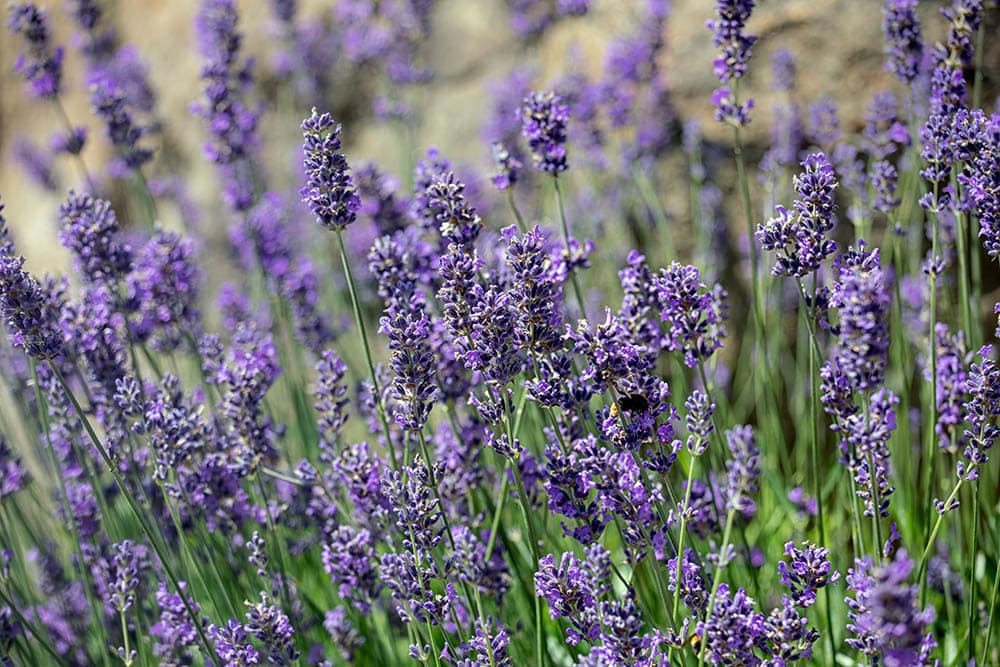
| USDA Zone: | 5–10 |
Lavender is a great companion plant, as it smells very strongly and you can use it to deter pests while also attracting bees. Many humans also love the scent, so it’s a nice addition to the garden.
Plus, there are many medicinal uses for lavender. Therefore, you can use it as a companion plant in your house too.
11. Yarrow
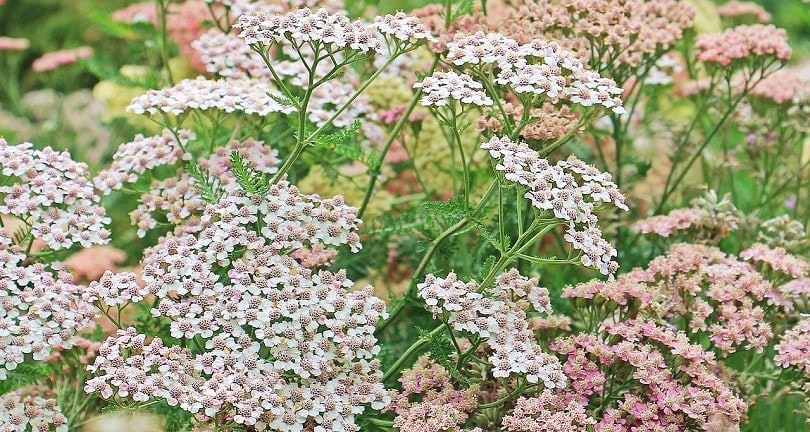
| USDA Zone: | 3–9 |
Yarrow is extremely similar to Tansy. It has the same chemical, so it helps protect your garden from pests. The pests that do show up will hopefully consume the yarrow and not make it much longer. It’s a beautiful flower, as well, so it helps brighten up your garden, too.
12. Spring Oats

| USDA Zone: | 7 or colder |
Spring Oats are a cool-weather crop that can help prevent weeds. It is a “living” mulch, in other words. Plus, they can also improve soil quality. Therefore, they can be useful for a wide range of different plants, including raspberries.
13. Buckwheat

| USDA Zone: | 3–10 |
Buckwheat is another cover crop for raspberries. It adds nutrients to the soil and can attract and help pollinators, as well. You can also turn it into the soil at the base of the raspberries, improving your overall soil quality.
14. Annual Ryegrass
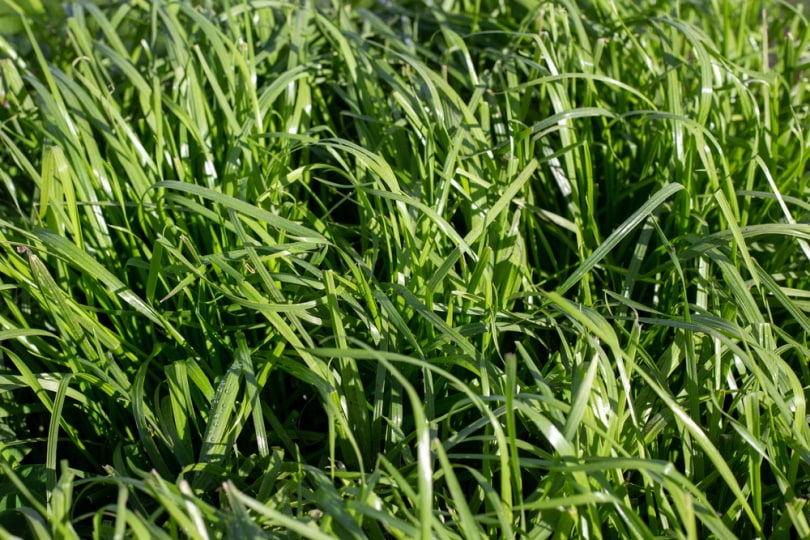
| USDA Zone: | 4–9 |
You can utilize annual ryegrass as a green manure and cover crop. It creates the soil conditions that raspberries need to grow. You can plant it in late spring or summertime, away from the intense sun. It doesn’t do very well in sunny areas, especially in hotter regions.
15. Field Brome

| USDA Zone: | 1–8 |
Field brome is similar to the other ground crops. It is a green manure crop that can cover the ground, preventing weeds and adding nutrients to the soil. However, you’ll preferably want to plant these long before you plant the actual raspberries, as they need time to improve the soil.
Finally, The Worst Companion Plants for Raspberries
There are also some plants you should not plant with raspberry bushes. These have traits that may harm your bush, or they may compete directly for resources.
Nightshades are not ideal for raspberries. Don’t plant eggplant, tomatoes, or similar plants near raspberries. These are susceptible to blight and similar issues. Similar berry bushes should also be avoided. Don’t plant blackberries, gooseberries, and similar plants near raspberries. After all, these plants will compete, and neither will do well.
Final Thoughts
There are plenty of things you need to consider when considering companion planting. Typically, you only want to choose one or two companion plants that do different functions. You don’t want to plant two carpet plants, for instance. Plus, some plants do best in certain areas. Therefore, you’ll need to consider your garden, the problems that you have, and your area.
Featured Image Credit: elenaiks, Pixabay
Contents
